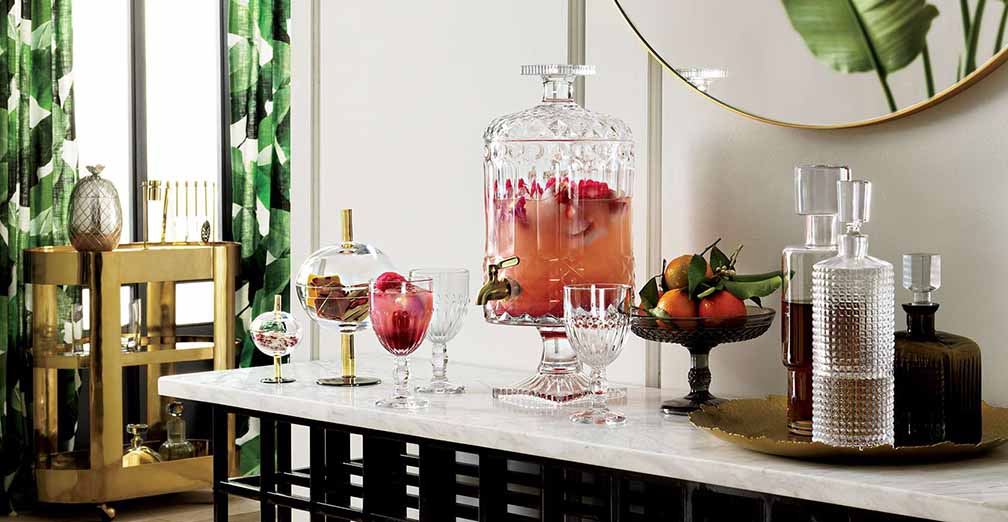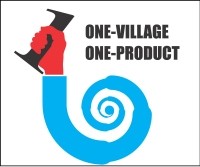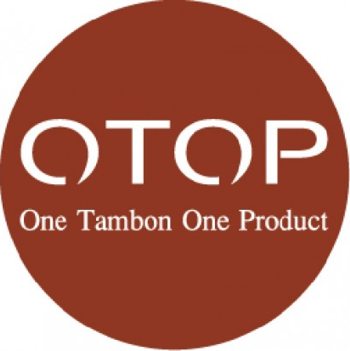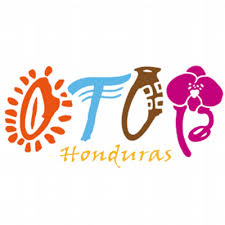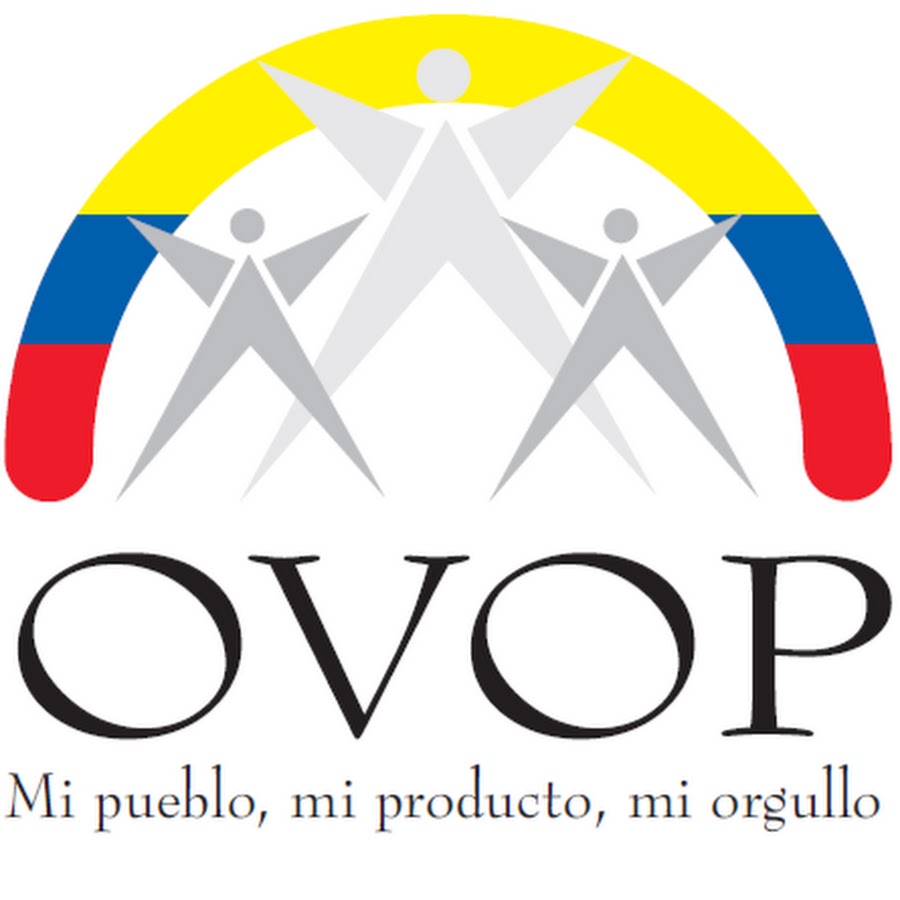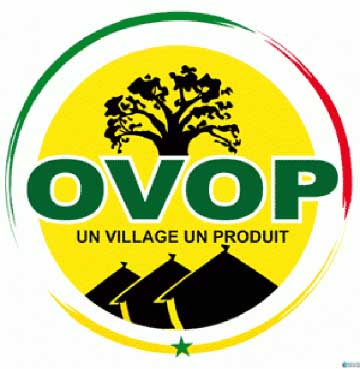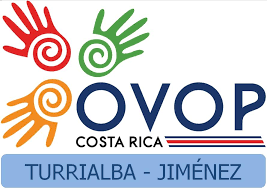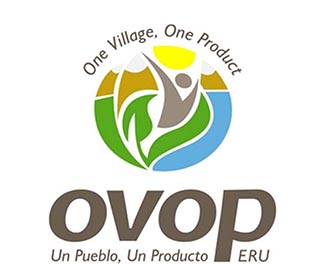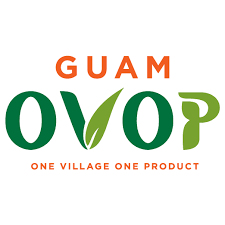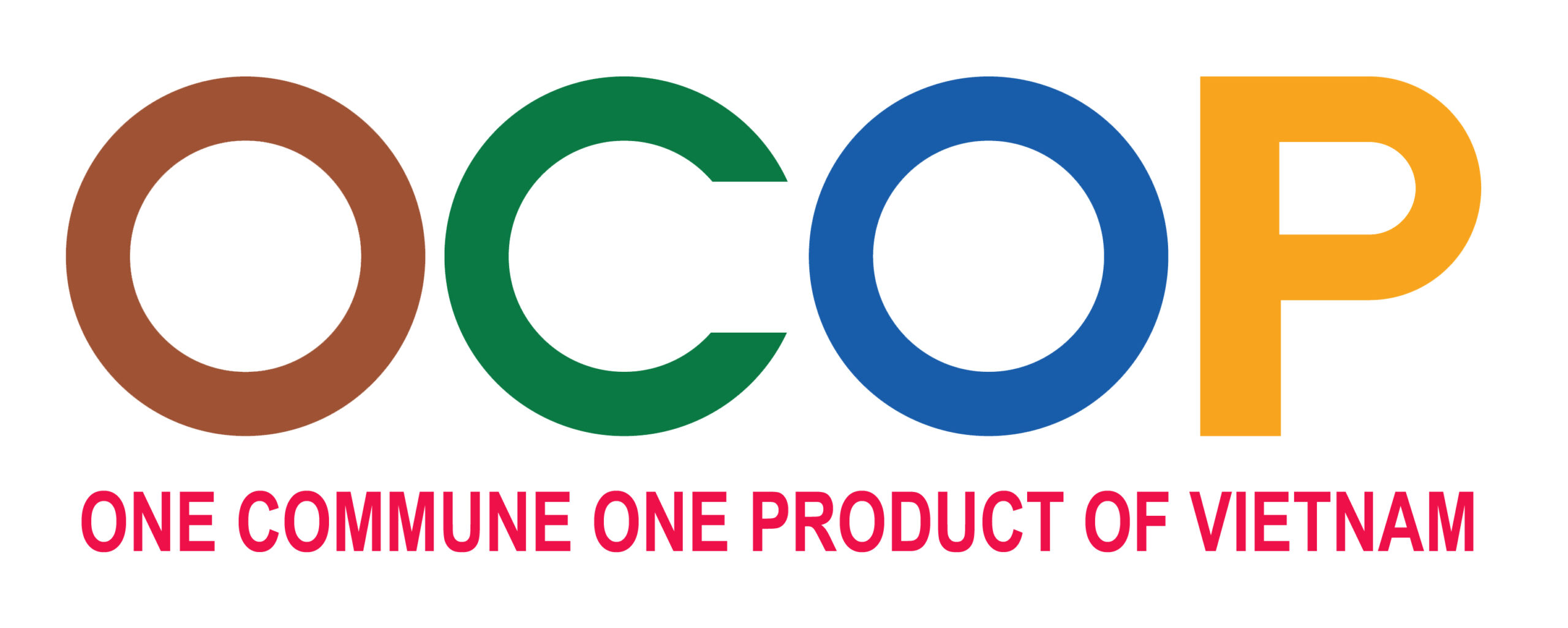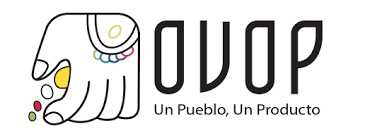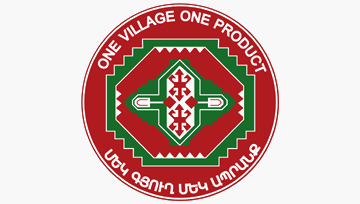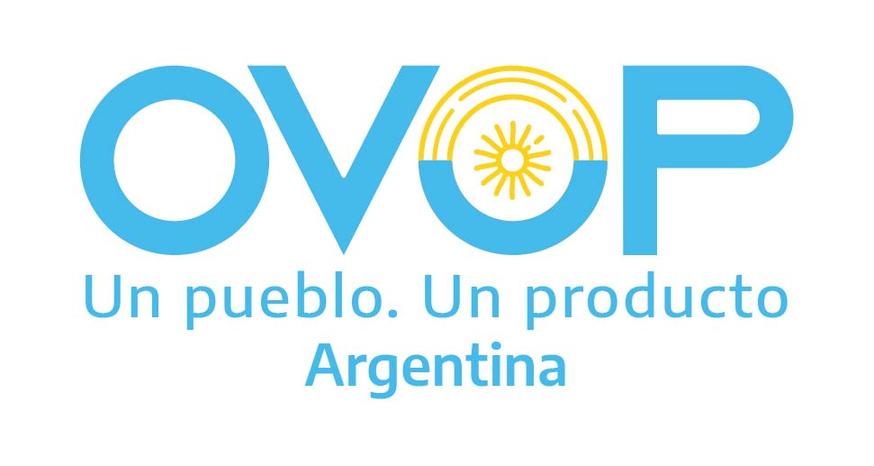With its annual consumption of USD 13 billion, the US is one of the biggest home décor and gift markets in the world. In recent years, the exportation of home décor and gift items from Vietnam to the US has been increasing; but until 2011, the market share of this product group from Vietnam was still less than 2% of the total consumption. There are many reasons to explain this limited performance; one of them is insufficient Vietnamese understanding of distribution channels in the United States. This article will therefore provide readers with some basic information about distribution channels in the US, based on the study of the Data Monitor.
There is a wide diversity in retail distribution channels in the USA, each one with a different way of buying, merchandising, pricing and advertising its products. Below are the major ones, in descending order of their market share, with some idea of how they work.
Mass merchants. These are retailers with broad merchandise assortments, including apparel, textiles, house wares, home décor, gifts, jewelry, toys, crafts, sporting goods, office supplies and foods. They are value-driven. They want to offer the best looking product for the lowest price. The large ones are Wal-Mart, K-Mart, Target, Ames, Kohl’s...For these retailers, low-price is their policy and they depend heavily on volume for their profits. This sector usually buys directly from the manufacturer (which is how they can get the low costs they need to keep their prices low to consumers). This may be an advantage to producers who have wholesale facilities. This category wants very large quantities.
Department stores. These are retailers with somewhat narrower assortments of products and somewhat higher- end categories such as apparel, textiles, home furnishings and jewelry. The large ones are Federated, May Co., Dayton-Hudson, Billiards, Saks...Buyers of this product group go to trade shows, use buying services and do some wholesale sourcing of products, buy they also go directly overseas to find manufacturing and production sources.
Specialty stores. These focus on specific kinds of merchandise and offer discounted, large-volume assortments. The large ones are Marmaxx (selling apparel, gifts, home décor), Toys-R-Us (Toys, games, children’s furniture and accessories), Bed, Bath & Beyond and Linens & Things (selling home décor, home textiles and housewares, Pier I Imports (selling furniture, decorative accessories and housewares)... These stores usually source their merchandise directly from the producer in the country of origin.
Chain stores. These are national retailers with lots of stores with mid-priced assortments of products in cities all across the USA. Their largest categories of products are furniture, home and electronic appliances and apparel. These stores feature many national brands that give instant customer recognition for major products. There is less room in general for hand-made, unique or anonymous items in these companies. Some of the large ones are Sears, JC Penney...
Independent specialty retailers. This is the largest and least integrated retail group in the US market. There are over 150,000 individual stores in every merchandise category. This group may be a fertile field for handcrafted product sales. Because they are not monolithic, many different tastes, qualities and price points are included. They value the individual sales potential of handcrafted products from possibly filling their demand. These stores also tend to have greater creativity in their merchandising: they can create more appropriate retail environments for special products than the larger, more impersonal stores can. Most buyers for these stores find the majority of their products by going to trade shows or reviewing samples that wholesalers’ representatives come and show them. They buy from importers.
Mail order. These are sales from catalogues that are sent through the mail directly to the consumer, who places an order for products by mail, phone or e-mail, and receives the package with the product, by mail (or door-to-door delivery such as UPS, FedEx, etc.). The large ones are Fingerhut, Hanover Direct, Spiegel... The larger catalogues order very high volumes, and all of them will require guaranteed delivery of their projected sales since it is illegal for them to offer products through the mail that they will not deliver to the customer. They will also place a greater emphasis on the producer delivering each unit of the order packed so that it can be shipped to the consumer with little or no repacking needed.
Home centres. These are stores selling home décor, home improvement, outdoor garden and patio products. The large ones are Home Depot, Lowe’s... These behave much as the mass merchants: huge quantities, discount prices, buying directly from manufacturers.
Electronic retailers. This category includes retailers on cable television and those on the Internet. The retailers in the decorative accessories category sell mostly gifts, collectibles, home textiles, home décor and jewelry. In addition to the companies that only sell this way (like QVC, the Home Shopping Network...), many catalogues and retail stores also now their own website to offer their goods.






